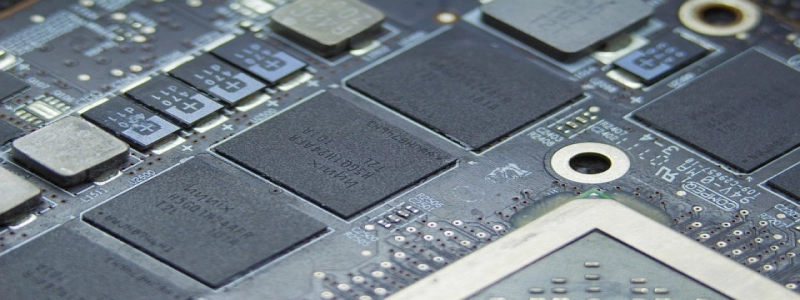QSFP vs SFP+: Understanding the Differences in Format and Capabilities
Introduction:
In the world of data networking, optical transceiver modules are an essential component that enables the transmission of data over long distances. Two popular types of transceiver modules are QSFP (Quad Small Form-factor Pluggable) and SFP+ (Small Form-factor Pluggable Plus). While both serve similar purposes, there are significant differences between them in terms of format and capabilities. This article aims to explore these differences and provide a comprehensive understanding of QSFP vs SFP+.
I. Overview of QSFP:
A. Definition: QSFP is a compact and hot-pluggable transceiver module widely used in high-speed data transmission applications.
B. Form-factor: QSFP modules are larger than SFP+ modules, with a width of 18mm and a height of 8.5mm.
C. Connection Types: QSFP modules can support various connections, including copper and fiber optic cables.
D. Data Rates: QSFP modules are capable of transmitting data at speeds up to 40Gbps or even 100Gbps.
II. Overview of SFP+:
A. Definition: SFP+ is a compact and hot-pluggable transceiver module often used in enterprise network switches and storage equipment.
B. Form-factor: SFP+ modules are smaller than QSFP modules, with a width of 13mm and a height of 8.5mm.
C. Connection Types: SFP+ modules are primarily used with fiber optic cables.
D. Data Rates: SFP+ modules can transmit data at speeds up to 10Gbps.
III. Differences in Format:
A. Physical Size: QSFP modules are physically larger than SFP+ modules, making them capable of housing more transceiver components.
B. Port Density: Due to their larger size, QSFP modules typically offer higher port density compared to SFP+ modules. This means that more QSFP ports can be installed on networking equipment.
C. Power Consumption: Generally, QSFP modules consume more power than SFP+ modules due to their larger size and higher data transmission rates.
IV. Differences in Capabilities:
A. Data Rates: QSFP modules have a higher data transmission capacity, supporting speeds of up to 40Gbps or even 100Gbps, while SFP+ modules are limited to 10Gbps.
B. Reach: QSFP modules can transmit data over longer distances than SFP+ modules, making them suitable for applications requiring longer-range connectivity.
C. Supported Protocols: QSFP modules are designed to support various industry-standard protocols, such as Ethernet, InfiniBand, and Fiber Channel, while SFP+ modules focus primarily on Ethernet protocols.
Conclusion:
In summary, QSFP and SFP+ are both popular transceiver modules used in data networking. QSFP modules are larger in size, support higher data transmission rates, offer higher port density, and can transmit data over longer distances. On the other hand, SFP+ modules are smaller, provide lower data rates, and are primarily used with fiber optic cables. Understanding the differences between these two formats is crucial when selecting the most suitable transceiver module for specific networking requirements.




